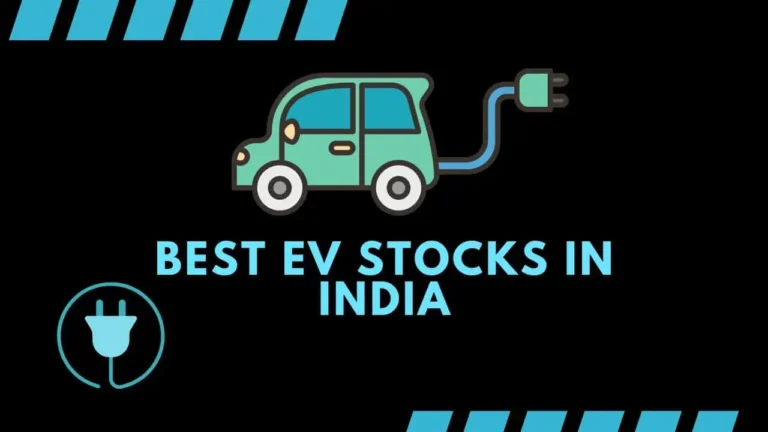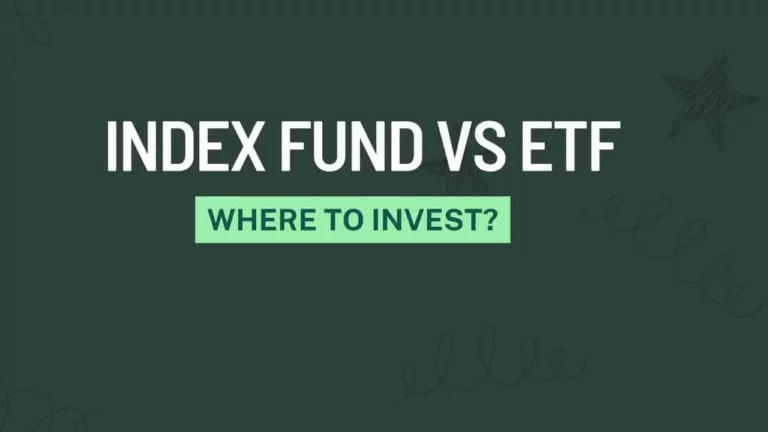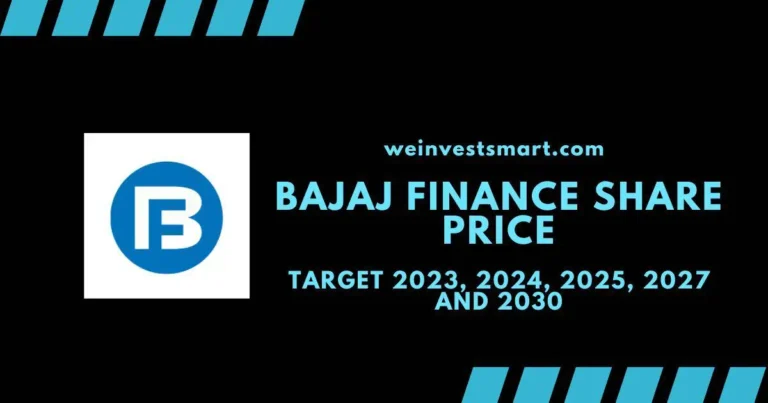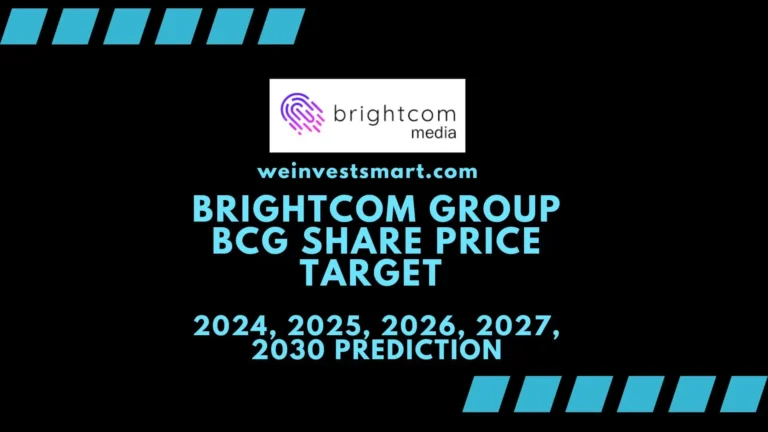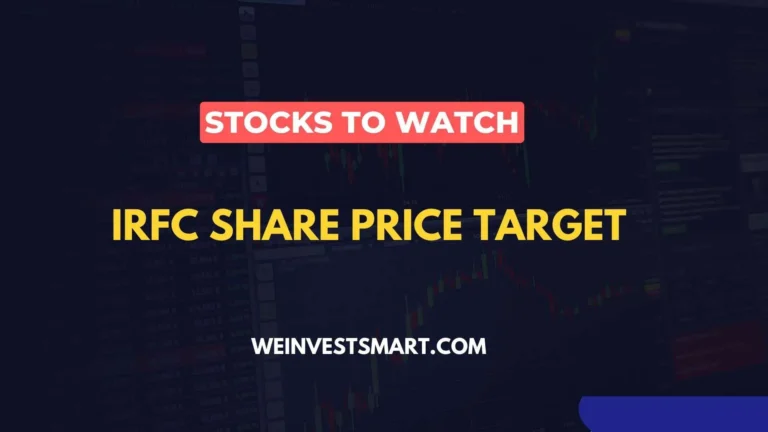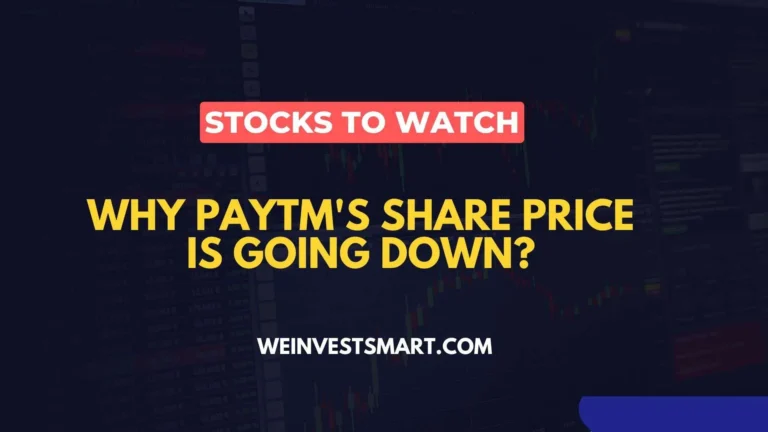What is CPSE ETF – Full Stocks Portfolio, Constituents List, Weightage and Dividend Yield Info
If you’re an investor looking for a low-cost way to invest in India’s public-sector enterprises, the CPSE ETF is worth considering. This exchange-traded fund is made up of stocks from India’s central public sector enterprises, providing investors with exposure to some of the country’s largest and most established companies.
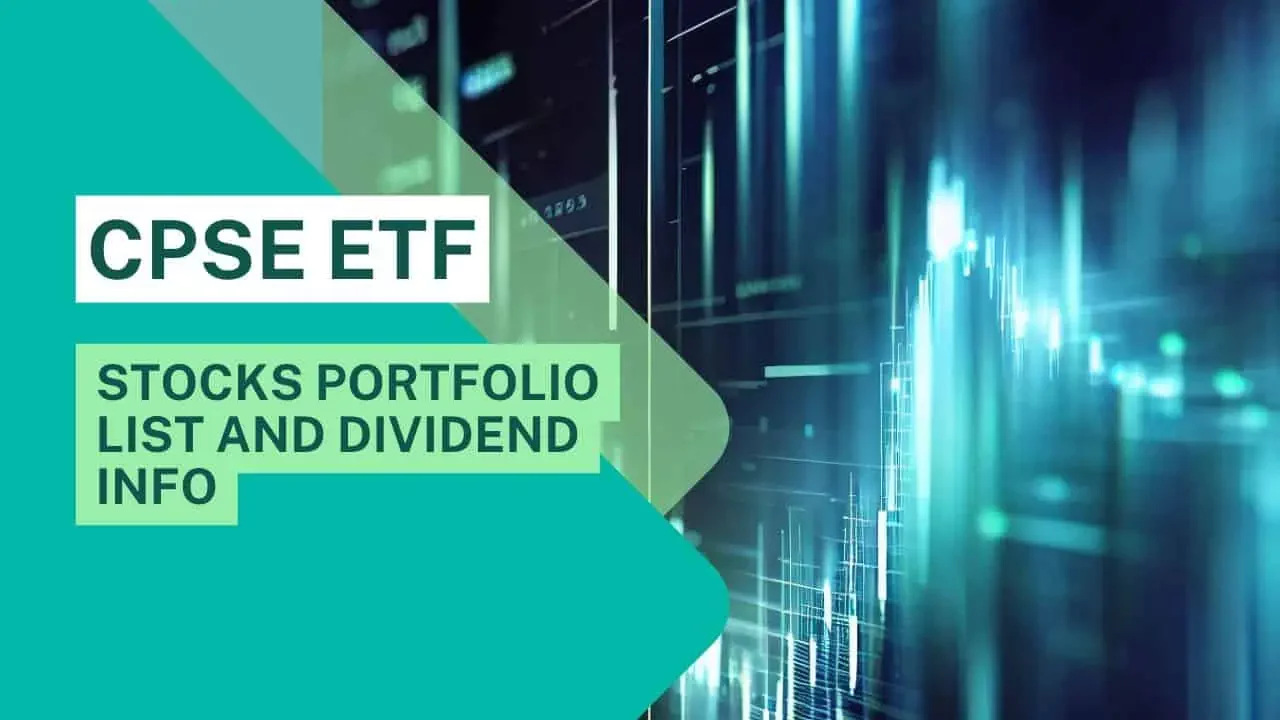
CPSE ETF Full Form: Central Public Sector Enterprises Exchange-Traded Fund. The ETF is managed by Nippon India AMC on behalf of the government of India.
In this article, we’ll take a closer look at the ETF, including its CPSE ETF stock portfolio, constituent list, performance, and dividend yield information.
Consider reading: Top 20 Best Monopoly Stocks in India
Page Contents
CPSE ETF Stocks Portfolio Constituents List
| Company / Stock name | Sector | % of Total Holdings |
|---|---|---|
| Bharat Electronics Ltd. | Industrial Electronics | 8.53% |
| Coal India Ltd. | Industrial minerals | 16.92% |
| Cochin Shipyard Ltd. | Shipbuilding & allied services | 0.84% |
| National Thermal Power Corporation Ltd. | Power | 19.61% |
| NBCC (India) Ltd. | Construction civil | 1.14% |
| NHPC Ltd. | Power | 3.46% |
| NLC India Ltd. | Power | 0.73% |
| NMDC LTD | Industrial minerals | 5.70% |
| Oil & Natural Gas Corporation Ltd. | Oil exploration | 18.42% |
| Oil India Ltd. | Oil exploration | 2.21% |
| Power Grid Corporation of India Ltd. | Power- transmission | 20.99% |
| SJVN Ltd. | Power | 0.80% |
Consider reading: SJVN Share Price Target
Selection Criteria for CPSE ETF Stocks
According to the Nippon India AMC; The selection criteria for CPSE ETF stocks are as below. The CPSEs selected to meet the below-mentioned parameters:
- Included in the list of CPSEs published by the Department of Public Enterprise
- Stocks traded (listed & traded and not listed but permitted to trade) at the National Stock Exchange of India Ltd. (NSE)
- Having more than 51% government holding (stake via Govt. of India or president of India) under the promoter category
- Companies having an average free-float market capitalization of more than 1000 crore for a six-month period ending December 2019 are selected
- Companies that are IRDA dividend norms complainants shall be considered eligible to be included in the index
CPSE ETF Fund Offers till 2023
The government of India (GOI) used an innovative route to divest its holding in CPSEs via ETF. Here are the CPSE ETF fund offers so far:
| CPSE ETF Tranche | Launch | Subscriptions (Rs. Crs.) | Allotment (Rs. Crs.) | Listing Date |
|---|---|---|---|---|
| New Fund Offer (NFO) | Mar-14 | 4,363 | 3,000 | 04-Apr-14 |
| Further Fund Offer (FFO) | Jan-17 | 13,705 | 6,000 | 31-Jan-17 |
| Further Fund Offer 2 (FFO 2) | Mar-17 | 10,083 | 2,500 | 28-Mar-17 |
| Further Fund Offer 3 (FFO 3) | Nov-18 | 31,203 | 17,000 | 10-Dec-18 |
| Further Fund Offer 4 (FFO 4) | Mar-19 | 30,464 | 10,000 | 01-Apr-19 |
| Further Fund Offer 5 (FFO 5) | Jul-19 | 48,485 | 11,500 | 29-Jul-19 |
| Further Fund Offer 6 (FFO 6) | Jan-20 | 21,707 | 16,500 | 10-Feb-20 |
Consider reading: Index Fund vs ETF
CPSE ETF Share Price History
The below chart shows CPSE ETF Share price history over the years. After a lull period of 8 years, The CPSE ETF has given a decent return since 2021.
Consider reading: Best Penny Stocks list in India
CPSE ETF Dividend Details
Many investors are often perplexed about whether Exchange-Traded Funds (ETFs) distribute dividends to their investors when a company within the ETF portfolio declares dividends. To clarify, ETFs typically do not disburse dividends directly to investors in the same way individual stocks do when dividends are declared.
Instead, when a company that is part of an ETF’s portfolio issues dividends, these dividends are incorporated into the Net Asset Value (NAV) of the ETF. This means the dividend value is absorbed into the overall value of the ETF, rather than being separately paid out to investors. This process ensures that the ETF’s NAV accurately reflects all the income, including dividends, earned by the underlying assets.
Consider reading: Best dividend paying stocks in India
Benefits of Investing in CPSE ETF Stock
According to the Nippon India AMC, here are the benefits of CPSE ETF:
- Well-Defined Portfolio: ETF investment strategy & stock selection are clearly defined; it would replicate the Nifty CPSE Index & invest only in companies forming the index in the same proportion as the underlying index
- Diversification: Buying a single unit currently offers a diversification of 12 stocks in the large CPSE companies
- Transparency: Nifty CPSE Index constituents are made available in the public domain on a daily basis by NSE
- Liquidity: ETF units are traded on exchanges & can be easily liquidated during trading hours (subject to the availability of the buyer/Seller). Authorized Participants / Large Investors also have the option of coming to the AMC for procurement/sale of units in creation unit sizes (100,000 units with 1 unit equivalent to 1/100th of Nifty CPSE Index)
- The margin for trading: The ETF is accepted as the margin for trading on NSE & BSE with the applicable haircut
- Sector Exposure with less Idiosyncratic risk: The ETF allows one to take exposure to the large Central Public Sector Enterprise (CPSE) companies across different sectors with relatively less stock-specific risk, as risk gets diversified among the basket of stocks
- Index track Record: Launched in Mar-2014, base date 1-Jan-2009 the index has a track record of 11 years.
Consider reading: Best Blue Chip Companies in India
Advantages and Disadvantages of Investing in CPSE ETF
Advantages of Investing in CPSE ETF:
- Diversification: The ETF provides investors with exposure to a diversified portfolio of Central Public Sector Enterprises stocks, reducing the risk associated with investing in individual stocks.
- Low cost: The ETF has a low expense ratio compared to actively managed mutual funds, making it an attractive option for cost-conscious investors.
- High liquidity: As an exchange-traded fund, The ETF trades on stock exchanges, providing investors with high liquidity and the ability to buy and sell shares at market prices throughout the trading day.
- Tax-efficient: Investing in The ETF can be tax-efficient, as dividends received from the ETF are tax-free in the hands of the investor.
Disadvantages of Investing in the CPSE ETF:
- Concentration risk: The ETF is heavily concentrated in public sector enterprises, which can be risky if there is a downturn in the sector.
- Limited diversification: While the ETF provides diversification within the public sector enterprises, it does not provide exposure to other sectors or asset classes, potentially limiting the overall diversification of an investor’s portfolio.
- Market risk: As with all equity investments, there is a risk of market volatility, which can impact the value of the ETF.
- Management risk: The ETF is managed by a fund manager, and the performance of the ETF is dependent on the manager’s ability to select and manage the underlying stocks.
Overall, investing in the CPSE ETF can provide investors with exposure to the public sector enterprises of India, diversification, and tax efficiency at a low cost.
Consider reading: Zero Debt Companies in India
Final Thoughts on CPSE ETF Stocks Portfolio, Constituents List, and Weightage
In this article, we have discussed the basics of CPSE ETFs. We have covered what they are, how they work, and the benefits and risks of investing in them. If you are considering investing in these ETFs, it is important to do your research and make sure that you understand the risks involved. You should also consult with a financial advisor to get personalized advice on whether or not CPSE ETFs are right for you.
There are a few different ways to invest in CPSE ETFs. You can buy them through a broker or an exchange-traded fund (ETF) provider.
FAQs on CPSE ETF Stocks Portfolio, Constituents List, and Weightage
What is a CPSE ETF?
A CPSE ETF refers to an investment fund that’s traded on the stock exchange and focuses on tracking shares from major Central Public Sector Enterprises (CPSEs) in India, allowing individuals to invest in government-owned corporations collectively. This form of ETF diversifies investment across several public firms, mirroring their market performance.
Is CPSE ETF good or bad?
The CPSE ETF has shown strong performance recently, offering impressive returns of 64.48% in the last year, and consistent gains over six and three months at 16.86% and 13.97% respectively. Its focus on government-owned enterprises makes it a potentially good investment for those seeking exposure to this sector.
Does CPSE ETF pay dividends?
As of the latest information available, the CPSE ETF has not announced dividends in recent years. Investors should regularly check the fund’s official announcements for updates on dividend declarations. It’s important to note that dividend policies can change, so staying informed is key for potential and current investors.
Can I sell CPSE ETF?
Yes, you can sell the CPSE ETF just like any other exchange-traded fund. It’s tradable on the equity market, and you can manage the transactions easily through any standard equity trading account you possess. Ensure your transactions align with market timings and brokerage norms.
